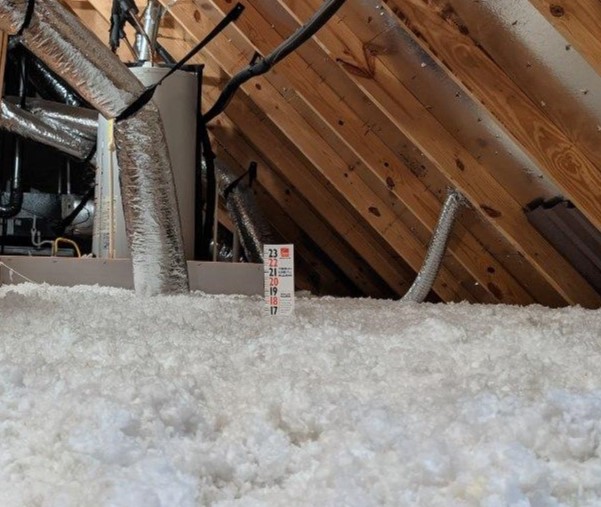R-Value Explained

When it comes to home insulation, R-value is a term that comes up frequently. R-value rates a material’s ability to resist heat flow, and insulation is assigned an R-value per inch of thickness. This rating tells you how well it will perform in preventing heat from entering or leaving your home. When it comes to building materials, R-values typically range from R-10 for certain types of flooring to R-60 for high performance attic insulation.
In the United States, insulation R-value requirements depend on what part of the country you live in. Click on the United States Department of Energy map to find the recommended R-value range for your region. For homes here in North Texas, the required R-value is R-38.
Insulation with a higher R-value will provide better climate control and energy efficiency than one with a lower R-value, but also comes at a higher price point. The good news for homeowners: you can achieve similar results to higher R-value insulation by using more of a lower R-value product. For example, two inches of R-30 insulation will be comparable to one inch of R-60 insulation.
Customers often ask us which type of insulation is best. There is no simple answer. Different insulation types have different pros and cons. Spray foam insulation provides the highest R-value per inch, followed by rolled or batt insulation, followed by blown-in loose fill insulation; however, you can achieve comparable results to higher R-value material using more of a lower R-value material, often for a significantly lower cost. In addition, not all insulation types will work well for all spaces. For these reasons, we always provide an in-home insulation assessment taking each customer’s space and budget into account before making any product recommendations.
Find Your Location


Get a quote



